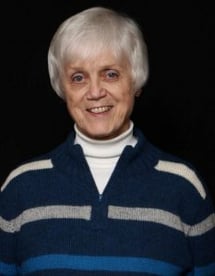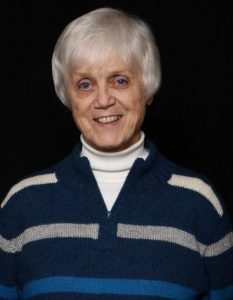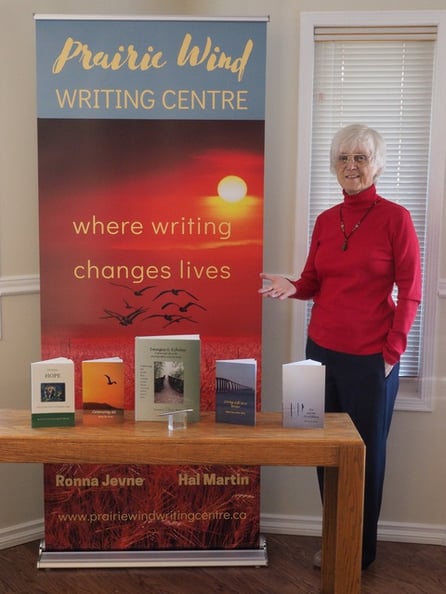In each of us there is a quiet place – if only we can find it.
Ira Progoff in At a Journal Workshop writes about a place that is the “eye of hurricane, a quiet place at the center of life.” In my book, Tea for the Inner Me, I call it “a place where we can transcend the clutter of life while we clarify issues, arrive at solutions, and develop perspective on the concerns of our lives; a place so quiet we can cohabit with uncertainty and stay grounded. When we go there, we reconnect with integrity, our humanity, our purpose, our yet undiscovered possibility. It is a place of acceptance and hope.” It is in that place that we make meaning of our pain and remember our precious moments.
Finding that place on a consistent basis, requires a practice. For over fifty years, my practice has included photography and journaling. Sometimes I journal. Sometimes I photograph. Often, I photo-journal. When you add photography to your journaling practice, you are literally “keeping an eye on your life.”
The basis of using photographs in journaling is that your camera always looks both directions; that images are as much about ourselves as the subject matter we choose.
Every image has an echo. Every echo has an image. The image of an old barn may remind you of the laughter during carefree childhood days. The sound of Celtic music may bring an image of an old Scottish friend highland dancing.
OPTIONS FOR PHOTO-JOURNALLING
Many of the strategies for conventional journaling work well for photo-journaling. Here are a few:
1: Photo EssaysSelect a theme or a question. Gather or shoot photos that for some reason relate to the theme. You can write about each image in the collection or wait until the images have a collective voice.
For example, I am the co-founder of the only research centre in the world that studies hope(-ualberta.ca/hope-studies). I wanted to explore what hope looks like for myself and for others. It is different for everyone. In addition to my own essay, we asked photographers locally and across Canada to submit photos of hope, a project that I loved.
I did a photo essay that captured the essence of what it means to be a counsellor. Now that was a challenge.
A favorite essay I that I wrote related to my survival and recovery from a serious illness.
One of the photographs of an isolated tree was particularly revealing. I recalled asking a park attendant, why this kind of tree was the only one in the area. He shared that many years before there had been a fire that devastated the landscape. This tree survived because it had roots one hundred feet deep. Once I did the journaling, I realize that deep roots are what it takes to survive sometimes. You need to have roots one hundred feet deep.
2: PoemsCreate an alphabet poem evoked by the photograph. Or, reverse the process. Write a poem. Then capture an image of the tone and message of the poem.
Ask questions and record in your journal
There are many questions. Here are a few:
What, if anything, is missing from the photo?
Who would view the photograph differently than you do?
If someone or something in the photograph could speak, what would he/she/it say?
What is the smallest change that would affect how you feel about the photo?
What would you title the photograph?
3: Give yourself an assignmentA wound not healed
A hope fulfilled
A story that needs telling
My favorite things
What I cannot say
A prayer for peace
Life through the eyes of a three year old
4: Tell a storyDo a “random shoot”. Photograph for a day or more whatever catches your eye. Then ask yourself to tell a story with the images. Arrange them in the order that reveals itself and tell the story that the images are making visible.
5: Create a dialogueSelect two parts of the photo. They could be two people but they could be between two objects in the photo. For example, between a horse and the fence; between a dark cloud and a setting sun. Create a dialogue between them.
6: Create a clusterPlace a photography in the center of your page. Create multiple spokes around that help you understand the associations that come to mind as you look at the image. Write about one or more of the words or phrases that come to mind.
The options are endless. You could write a letter to someone in the photograph and have them write back. You can describe a photograph from your perspective. Then describe how someone who is very different than you would describe the image. Where will you choose to start?
ETHICAL REMINDERS
Remember to assign your photo-journal the same level of confidentiality and privacy as you would your regular journal. If you choose to share your entries, select carefully those in whom you confide. Consider the eventual destiny of your photo-journal.
Remember if your photo-journaling involves a concern, it is not a panacea for solving all issues. At some point, you may decide to consult a professional.
Remember to always acknowledge the source of a photograph if you didn’t take it. If you publish a piece of writing using a photograph you didn’t take, seek permission.
Remember to respect the privacy of others. Become familiar with the legal boundaries for taking photographs in pubic. Avoid taking photos that demean individuals. Seek permission to post photos even to Facebook.
MY NEW CAREER
My rewarding career as a psychologist, my love of journaling, and my passion for photography have morphed into the launching of the Prairie Wind Writing Centre - where writing changes lives (prairiewindwritingcentre.ca).
I invite you to browse our site. You might be particularly interested in our table top book Images and Echoes: Exploring your life with photography and writing, an edited collection of seventeen women who did just that. https://prairiewindwritingcentre.ca/bookstore/new-releases/images-echoes-exploring-life-with-photography-and-writing/
 Author bio: Ronna’s career has spanned decades as an educator, psychologist, professor, inspirational speaker and author of more than a dozen books. She has shared her love of reflective writing (and photography) with students, educators, patients, health care professionals, high needs adolescents, inmates, correctional officers, and many others who see the potential of writing to enhance well-being. She is the recipient of numerous awards for her contributions to the community and the profession. For information about her books, workshops and retreats go to prairiewindwritingcentre.ca.
Author bio: Ronna’s career has spanned decades as an educator, psychologist, professor, inspirational speaker and author of more than a dozen books. She has shared her love of reflective writing (and photography) with students, educators, patients, health care professionals, high needs adolescents, inmates, correctional officers, and many others who see the potential of writing to enhance well-being. She is the recipient of numerous awards for her contributions to the community and the profession. For information about her books, workshops and retreats go to prairiewindwritingcentre.ca.



Leave Comment